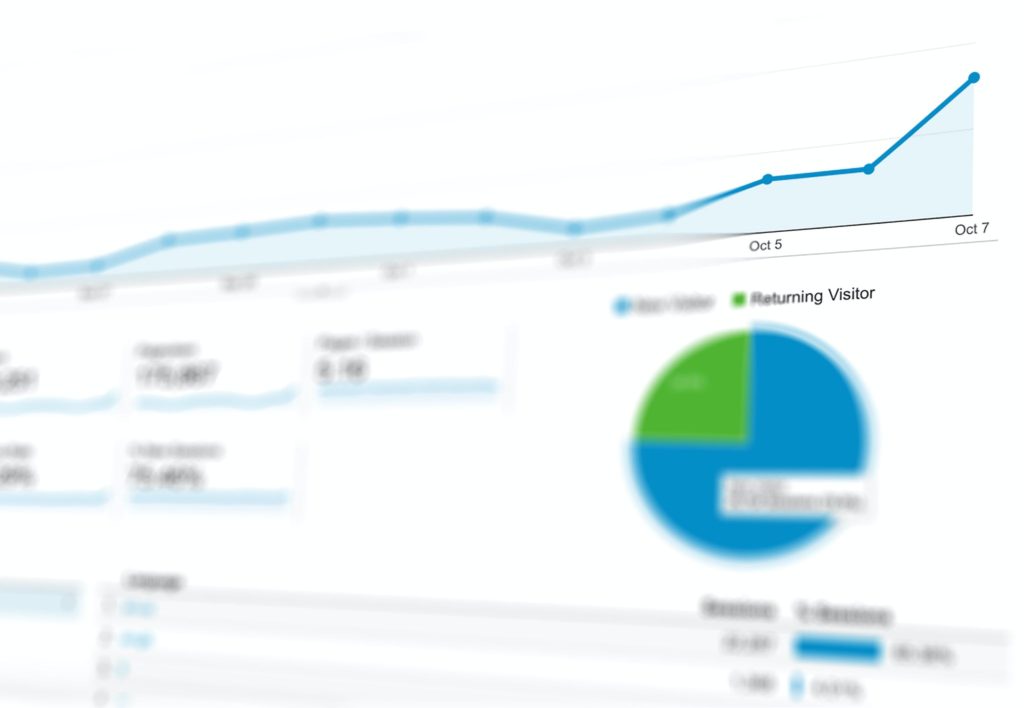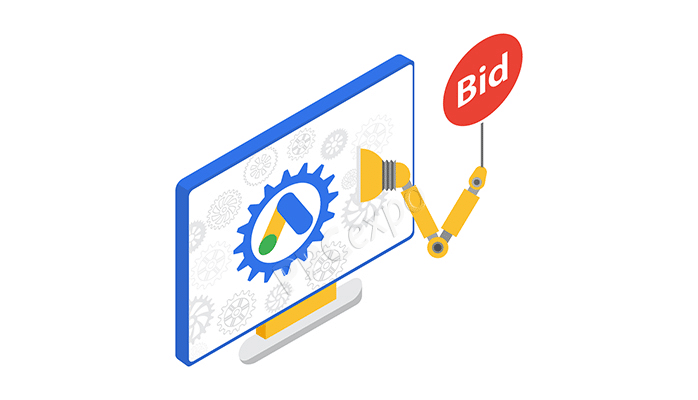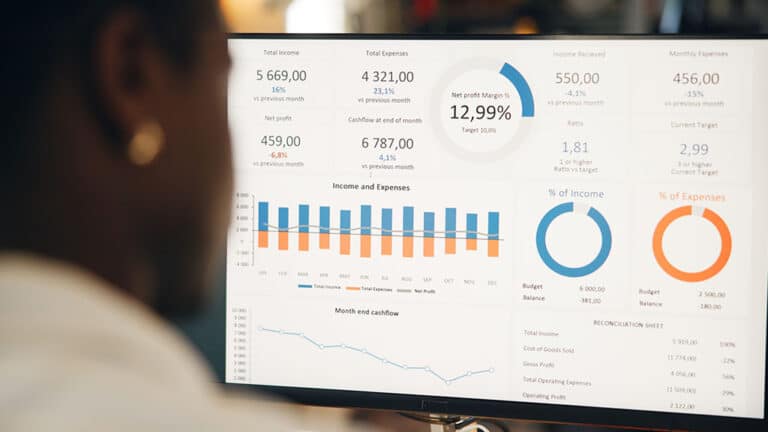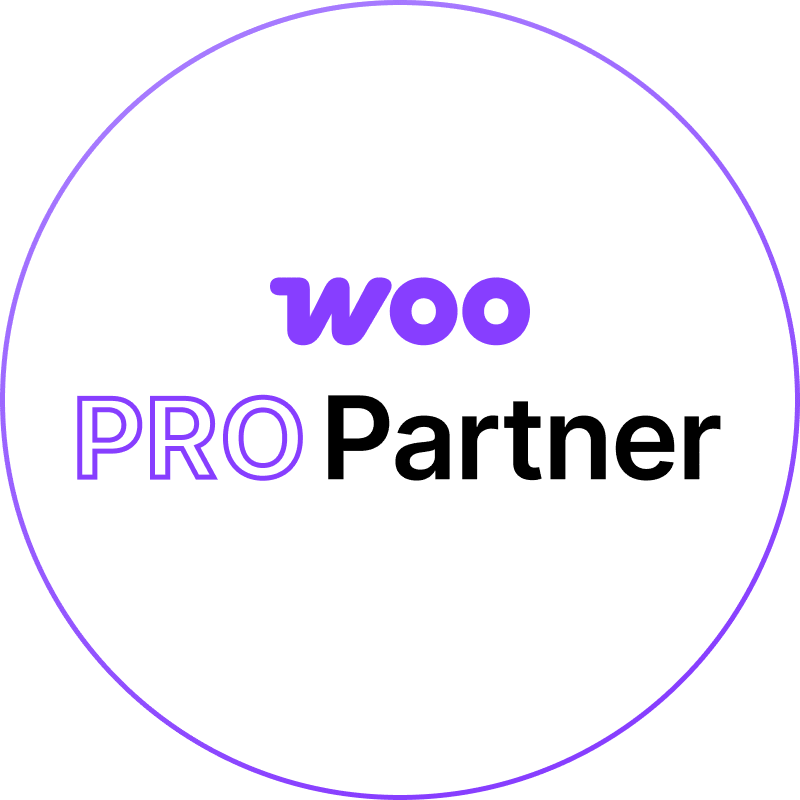Mastering Google Ads Settings: The Power of Automated Bidding and Responsive Search Ads
In today’s digital age, advertising has transcended traditional mediums, paving the way for platforms like Google Ads to dominate the scene. As businesses scramble to capture the attention of online audiences, understanding the nuances of Google Ads becomes paramount. This article delves into the heart of Google Ads, shedding light on the marvels of automated bidding and the art of crafting responsive search ads.
The Magic of Automated Bidding
What is Automated Bidding?
Automated bidding takes the heavy lifting and guesswork out of setting bids for your ad campaigns. Unlike manual CPC (Cost-Per-Click) bidding, where you have to manually update bids for specific ad groups or keywords, Google Ads does it for you. It sets bids based on the likelihood of your ad resulting in a click or conversion, aligning with your specific business goals.
Geo-Targeting Efficiency
- Localized Bid Optimization: Automated bidding can adjust your bids based on the geographic location of the search query. This is particularly useful for businesses that have varying levels of demand across different regions. You might be unknowingly spending too much on clicks from areas where you have low conversion rates, and automated bidding can correct this inefficiency.

Time-Sensitive Performance
- Dayparting Mastery: While many marketers are aware of the concept of dayparting (adjusting bids based on the time of day), automated bidding takes this to a new level by dynamically adjusting in real-time. This is especially beneficial for businesses that see fluctuating demand throughout the day but don’t have the resources to manually adjust bids.
Inventory-Led Bidding
- Stock-Level Adjustments: For e-commerce businesses, automated bidding can be integrated with your inventory system. When a particular item is overstocked, the system can automatically increase bids for ads related to that product to help move inventory more quickly. Conversely, if an item is nearly out of stock, bids can be lowered to prevent driving traffic that can’t be converted due to lack of inventory.
Trustable Statistics
According to Google Ads Help, more than 80% of Google advertisers are already using automated bidding. This widespread adoption underscores the effectiveness and efficiency of this feature. The next evolution of automated bidding emphasizes holistic cross-channel optimization and collaboration with AI to maximize ROI.
How Google Generates Responsive Search Ads
Responsive Search Ads are a dynamic ad format that allows advertisers to input multiple headlines and descriptions. Google’s machine learning algorithms then take over, automatically testing different combinations to identify the most effective ad copy for different user queries and contexts. Here’s a detailed breakdown of each part:
Component Assembly
- Headlines and Descriptions: When setting up an RSA, you can input up to 15 headlines and four descriptions. This creates a pool of content that Google can draw from.
- Ad Components: Each RSA is made up of three components: one to three headlines, a display URL, and two descriptions. Google’s algorithms will select from your pool of inputted headlines and descriptions to assemble these components.
Dynamic Testing
- Multiple Combinations: Google’s algorithms create multiple combinations of your headlines and descriptions, essentially running mini A/B tests to determine which combinations are most effective.
- Performance Metrics: Google measures the performance of each combination based on metrics like click-through rate (CTR), conversion rate, and ad rank.
User-Centric Adaptation
- Query Matching: RSAs are not just responsive to performance metrics; they also adapt to the search queries entered by users. If a user’s search query closely matches one of your headlines or descriptions, Google is more likely to use that component in the displayed ad.
- Contextual Factors: Beyond the search query, Google also considers other contextual factors like device type, geographical location, and even the time of day to select the most relevant ad combination.

Maximized Reach and Relevance
- Broad Match: By testing multiple combinations, RSAs can match a broader range of search queries, thereby increasing your ad’s reach.
- Relevance: At the same time, because the ad components are selected based on real-time performance and relevance, your ad content is more likely to resonate with the individual user, increasing the likelihood of engagement.
Continuous Learning and Optimization
- Machine Learning: Google’s algorithms continuously learn from each auction, using this data to inform future combinations and bid adjustments.
- Feedback Loop: The more an RSA is run, the better it gets at predicting which combinations will perform best for different queries and contexts, creating a virtuous cycle of ongoing optimization.
By understanding each of these intricate steps, advertisers can better appreciate the power and sophistication of Responsive Search Ads in Google Ads settings. This feature not only automates the ad creation process but also dynamically optimizes it to ensure maximum performance and relevance.
Real-World Successes: Companies Excelling with Google Ads
Nike
Nike, a global leader in sportswear, has been particularly effective in using Google Ads to boost its digital presence. They employed Target CPA bidding to optimize their ad spend. By doing so, they were able to focus on customer segments that were more likely to convert, thereby increasing their ROI. Nike’s digital marketing strategy is known for its focus on “aspirational vision,” targeting both famous athletes and everyday individuals. Their Google Ads campaigns were no different, using emotionally resonant ad copy and images to attract clicks and conversions.
Airbnb
Airbnb is another company that has effectively used Google Ads, specifically the Maximize Conversions strategy. This approach helped them fill last-minute vacancies by dynamically adjusting bids in real-time to capture high-intent users. By integrating their inventory system with Google Ads, Airbnb could lower or increase bids based on real-time availability, ensuring they didn’t waste ad spend on fully booked listings.
Starbucks
Starbucks utilized Responsive Search Ads to promote their seasonal offers. They input multiple headlines and descriptions related to their seasonal drinks and offers. Google’s algorithms then tested these combinations, optimizing for the highest-performing ad copy. As a result, Starbucks saw a 10% uplift in click-through rates for these campaigns. Their ads were not only more relevant but also reached a broader audience, thanks to the dynamic nature of Responsive Search Ads.
Conclusion
Mastering the intricacies of Google Ads can be a daunting task, especially when it comes to leveraging features like automated bidding and responsive search ads. These advanced functionalities require a deep understanding of both the platform and your specific business needs. As the digital landscape continues to evolve, the need for specialized expertise becomes increasingly apparent.If you’re looking to take your Google Ads campaigns to the next level, consider professional management services like those offered by Zen Agency. Zen Agency services include deep market analysis, foundational structure setup, and conversion optimization, all of which are crucial for maximizing the benefits of Google Ads features like automated bidding and responsive search ads. Whether you’re new to Google Ads or looking to optimize your existing campaigns, Zen Agency’s qualified team of experts can provide the specialized support you need.

















